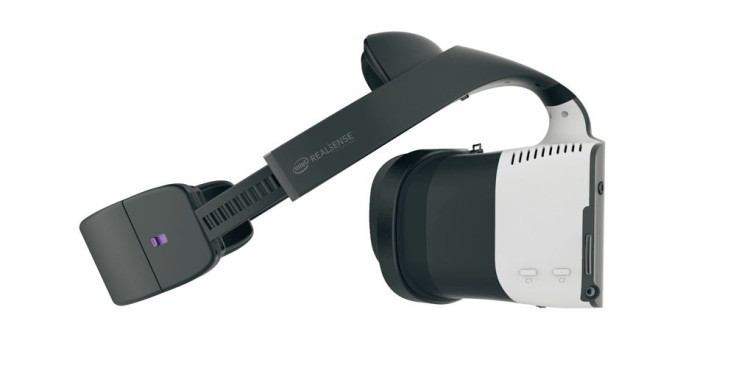Intel Reveals Project Alloy, A Completely Wireless All-In-One Virtual Reality Headset

Chipmaker Intel has announced Project Alloy, the company’s brand new all-in-one, standalone virtual reality headset that doesn’t need to be connected to a computer or a smartphone to work.
Since it is independent from a connection to a computer or smartphone, Project Alloy is completely wireless. It comes built-in with its own processor and battery, according to Engadget.
Intel is trying to achieve what it calls “merged reality,” the combination of virtual and augmented reality technology. That’s why Project Alloy comes with a camera that will let users see real objects and people around them while wearing it. The built-in camera is also able to track the user’s fingers so that they will be able to interact with virtual objects.
Project Alloy, a 1st gen #VR solution - imagine merging realities and experience your world differently #IDF16 pic.twitter.com/ZUrKDZ57hT
— Intel (@intel) August 16, 2016
Intel has not provided a release date for Project Alloy as it is still in very early development. However, Intel’s chief executive, Brian Krzanich, did demonstrate the capabilities of the headset live onstage during the company’s Developers Forum in San Francisco, California.
Unlike the HTC Vive and the Oculus Rift, Krzanich was able to use Project Alloy wirelessly. This gave him the freedom to move around the stage without any constrictions.
The demo was described as “a bit finicky” by TechCrunch. Project Alloy heavily relies on Intel’s RealSense technology, the software that allows the built-in 1080p camera and infrared sensors to track the user’s movements/hands as well as the real world.
“Through merged reality, see your hands, see your friends… see the wall you are about to run into. Using Intel RealSense technology, not only can you see these elements from the real world, but you can use your hands to interact with elements of your virtual world, merging realities,” Intel said.
This is the same thing that Microsoft is trying to accomplish with the HoloLens. Speaking of the HoloLens, Intel’s Project Alloy can be used with Microsoft’s Holographic software, the same technology used for the HoloLens that will work on all Windows 10 PCs. To make Project Alloy even more accessible to developers and other manufacturers, Intel will make the hardware specifications of the headset and APIs open source in 2017.
© Copyright IBTimes 2025. All rights reserved.





















